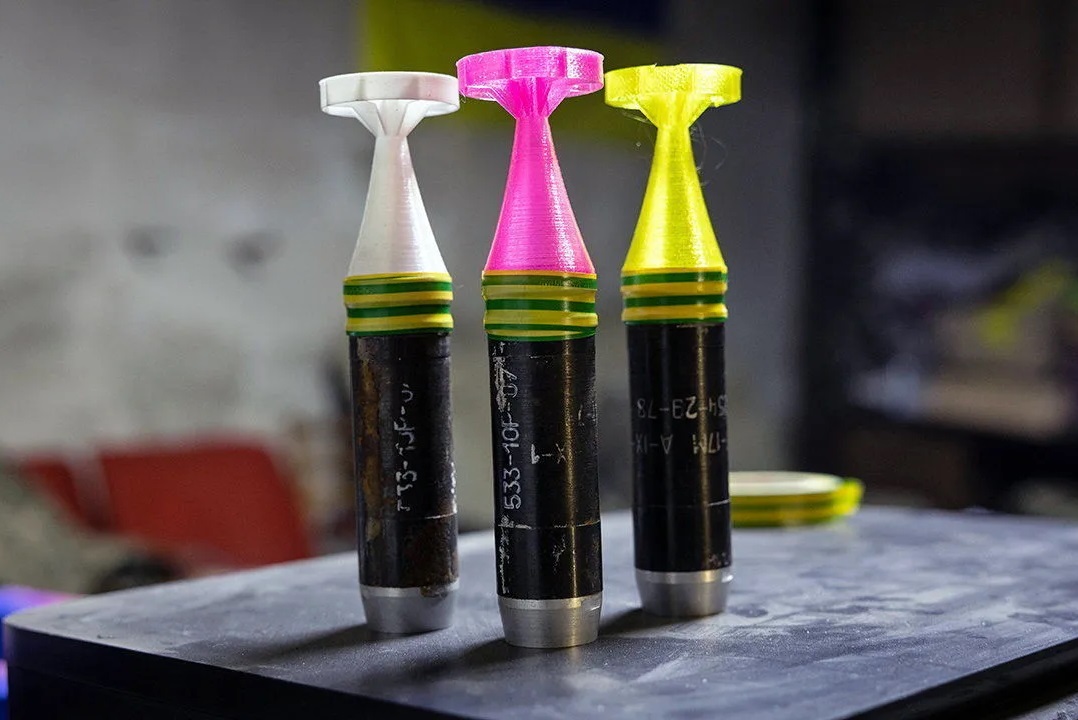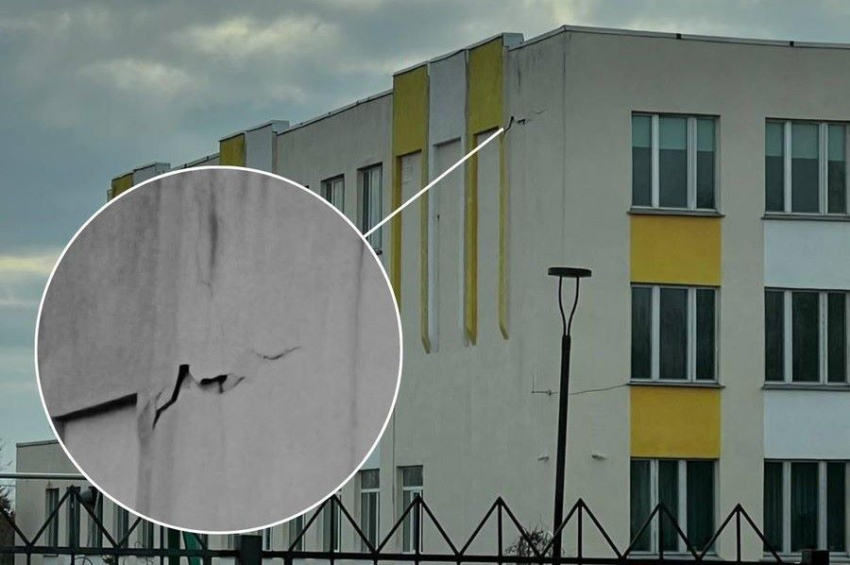Ukraine adopts UAV ammunition for serial production
Ukraine has officially designated special ammunition for unmanned aerial vehicles (UAVs) in a separate category of weaponry and is preparing for serial production of 3D-printed bombs for UAVs under a national standard.
Ukrainian Defense Minister Oleksiy Reznikov said on his social media channel, "For 15 months, the Ministry of Defense has already adopted more than 30 models of UAVs of various types - reconnaissance, attack, kamikaze drones and barrage ammunition. And now ammunition for UAVs has been officially designated as a separate category."
The primary argument in favor of such weapons is that they are cheap. A drone’s price varies between 50 and 1,000 dollars, while a 3D-printed bomb costs maximum 5-6 dollars – not counting the explosive and shrapnel materials. A decent 3D printer fetches some 1,500 dollars.
Another argument is that bomb dropping UAVs are relatively silent and hard to detect.
More to read:
[video] Russia is no longer a buyer of Iranian drones, it is a manufacturer
Currently, Ukrainian soldiers use custom-made ammunition adapted for dropping from various types of drones, often made in home conditions and of dubious quality.
However, such munitions do not always perform their work well due to improper use, while their quantity is limited due to non-serialization. Ukrainian – and Russian – troops improvise with mass production munitions such as grenades and small bombs or mines, which are dropped from remotely-guided commercial drones fitted with cameras.

Credit: Ukraine Defense Ministry
On the other hand, they are in great demand at the frontline due to increasing use of drones as quiet search-and-hit assault weapons. A substantial part of non-serial ammunition comes from civilian engineers or amateur weapon designers, or ingenious servicemen looking to improve the kill rate. They not only 3D-print the bombs but also reconfigure the UAVs to the characteristics of available munitions, so there’s no surprise of the large variety of solutions.
The Ukrainian military decided to adopt 10 types of domestically-designed drones. The choice for ammunition for UAVs stretches to as many as 200 models of bombs and mines, preference being given to those featuring an average case diameter of 63 mm, weighing around 800 grams, and loaded with steel balls.
Ammunition with such characteristics easily penetrates the armor of combat vehicles and some tanks.
They will also examine foreign-made designs, particularly Polish and Lithuanian or Latvian 3D-printed samples with plastic shells, which are shipped to Ukraine as explosive-free “toys” while Ukrainian customs turn a blind eye to such practices.

Credit: The Economist
The tests are already underway; after final official approval they will be assembled at local plants from foreign components.
It is hard to count the number of imported or domestically-manufactured UAVs or ammunition, with military officials speaking of hundreds of thousands.
Russian industry too has begun small-scale production of aviation ammunition for drones. Free-falling bombs are made on the basis of 40-mm fragmentation grenades VOG-25 for hand grenade launchers. The mass of the original ammunition is 250 grams, of which 48 grams are occupied by explosives.
It is known that the Russian military uses these munitions from the Orlan-10 reconnaissance drone.
More to read:
What is Armata like and why Russian military don’t want this tank
Free technology helps too. ChatGPT, for example, the artificial intelligence tool serving answers to users online, can generate valuable tips how to build a bomb or print its components. OpenAI, its developer, earlier assured that its AI language model was “incapable” of offering such information.








